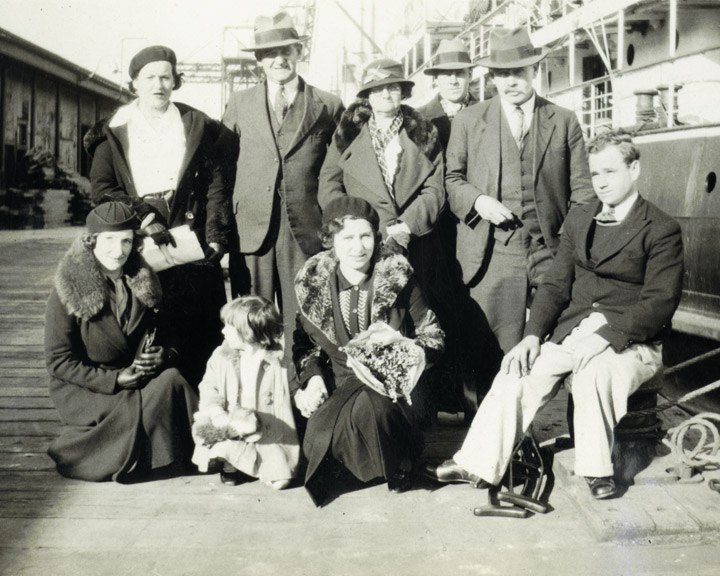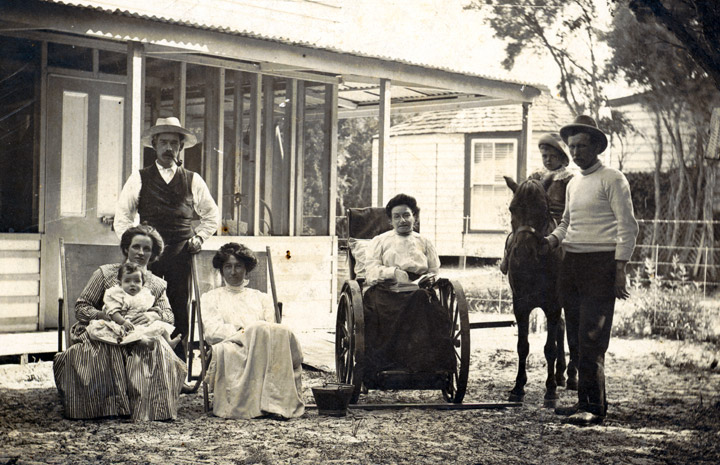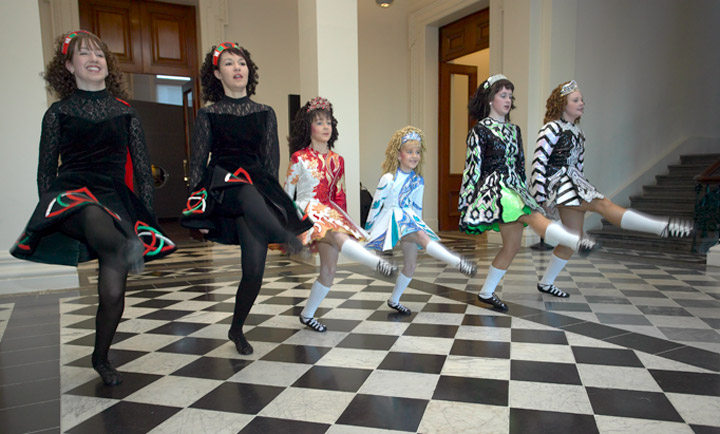Immigration History from Ireland (Irish) to Victoria
Thainic na h-Eireannaigh go dti Victoria ina gceata are imirce. Bhiodar ar an slua ba mho imirceanach indiadh na Sasanaigh o 1854 go dti an chead cogadh domhanda. Thart ar 1871, nuair a bhi an lion pobal 100,468, bhi nios mo na gach ceathru duinne saoluithe inEirnn.
Chuir gorta morn a h-Eireann sna 1840 sluaite mora ar imirce de bharr an bhochtaineacht agus anro an dros-shaoil. D’oibriadar i Victoria mar sealgairi miola mora, iascairi, buachailli feirme, agus ins na bailecheantair mar saotharai agus oibri monarcain. Deirigh le cuid acu mar uineiri maoine, agus daoine gairmiuil.
Ins na blianta idir 1850 agus 1890 bhi cabair no cuidui ag formhor na n-imirceanach as Eirinn chuig Victoria, a lan acu ag ealu o ghear-smacht cultura ag baile. I gcomparaid le groupai as tiortha eile, bhi fir agus mna ar an gcomhaireamh ceanna. Chuaidh cuid mhaith acu ag lorg a saibreas ar na ceanntracha oir.
Ta gaeil a rugadh i n-Eirinn, ina gconai i Victoria, ag glacadh laimh ar leith i saol an stait seo. Ag triail choiste Eamon O’Ceallaigh (Ned Kelly) sa mblian 1880, ba as bunus Eireannach an cuisi, agus an breitheamh a dhaor chun bais e (Sir Redmond Barry). Ta sar obair tabhactach deanta ag Eirinnigh tri pholitiocht ag lorg cothram na feine do oibriteoiri Victoria.
Ta fas agus foirbeart na h-eaglaise caithiceach i Victoria faoi chomaoin an phobal Eireannach. Thainic mna-rialta agus sagairt annseo sa naodh aois deag agus go luath sa ficheadh aois chun seipeil, scaleanna agus dilleachtlann a bhunadh, ar nos eaglaish naomh peadar is pol i South Melbourne cuiread dailtini sraide agus dilleachtai annseo faoi churam na mna-rialta.
Ag tus an ficheadh aois bhi deire leis an mor imirce as Eirinn. Chuaidh an imirce in eag go tapaidh agus dfan iseal o shin i leith, ce gur thaispain daonaireamh na bliana 2011 go raibh conai ar 14,026 duine a rugadh i n-Eirinn, i Victoria.
Ta cultur na h-Eireann go mor faoi reim na ndaoine i Melbourne ag an trath seo – idir Eirinnigh agus daoine nach iad agus iadsan ata de bhunus Eireannach, leanann said ag cuidiu go rannphairteach i ngach gne de gnath shaol Victoria.



